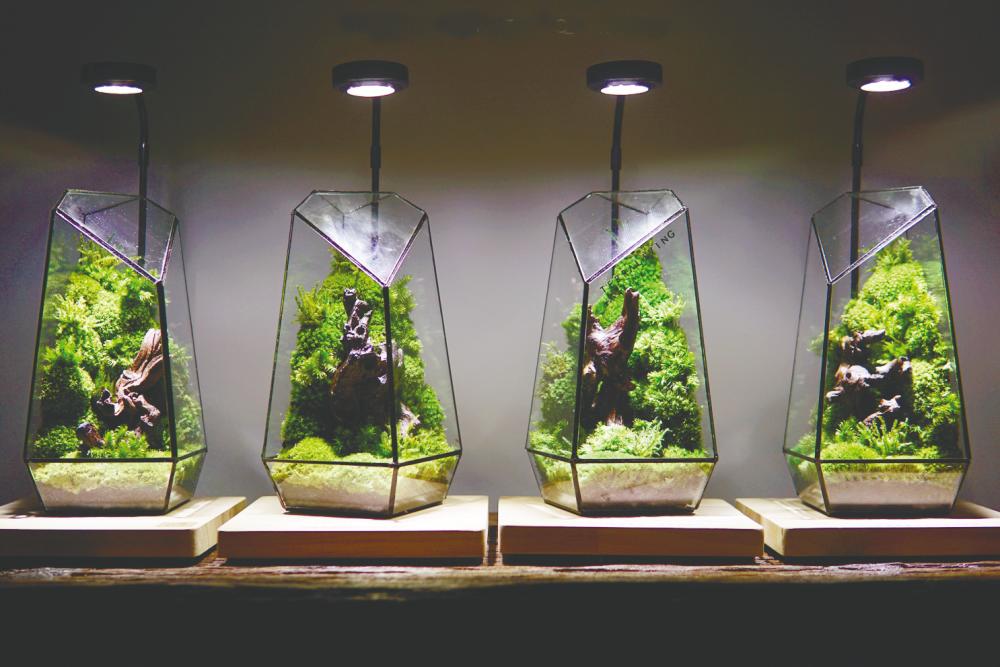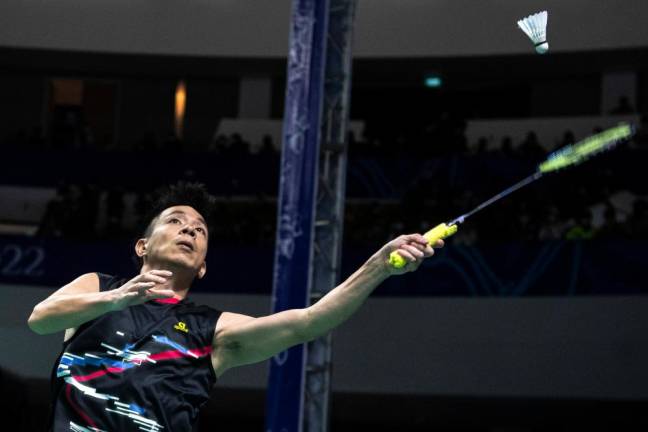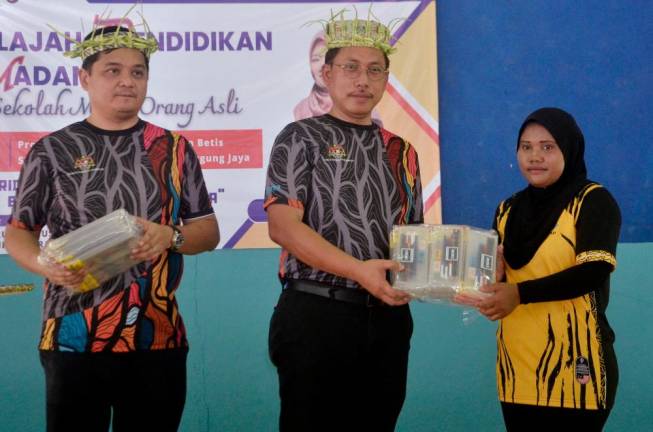IN recent years, terrarium mini gardens have gained popularity among urban residents, and moss seems to be the perfect choice as an indoor plant for those living in an apartment or a condominium with no space for gardening, and less time to spend growing or caring for plants.
A mini garden in a glass also becomes a ‘talking point’ and draws attention to the complex arrangement inside the glass.
But, before you get one, you should learn about the differences between moss!
Moss artisan Raymond Yeow Sin Keet, a former molecular biologist specialising in mycology, creates artistic and elegant moss artworks, which adds colour to interior design.
“Moss artworks are popular among city dwellers because they make us feel more connected to the environment,” explained Yeow. He and two friends, plant geneticist Yew Ming Hui and former accountant Evonne Yeow Ee Wen, established Malacca-based TerraLiving Gallery and Farmhouse in 2015.
According to Yeow, using moss inside a terrarium is better than using other plants, as it is “very tiny” and can be shaped into high resolution artwork.
Zero moss or live moss?
There are various types of moss in the market, and aside from live moss, TerraLiving also creates artwork using Zero moss, a type of preserved moss designed to be zero maintenance.
Yeow, who has experience working with both Zero moss and live moss for his designer terrariums, says that buyers should understand the main differences between them.
“They need to know that Zero moss requires no maintenance and it retains its beauty. If they decide to try live moss, they need to keep in mind that the way they care for the moss will impact its health.
“A self-sustaining live moss terrarium is hard to achieve on the first try. It is safe to assume that all living things will eventually die unless they achieve a very stable system,” he added.
A moss artisan’s inspiration
Yeow takes charge of the design process, and has direct control of almost all the final designs. His team consists of designers from diverse fields. His inspiration comes from natural elements and his in-depth knowledge across multiple fields.
“Good brainstorming sessions and in-depth understanding across different fields such as bio-architecture, bio-mimicry, human psychology, cell biology and ongoing research helps a lot,” said Yeow.
He said the Vertex Moss Wall is a bestseller as it consists of two converging moss walls within a glass vessel for a very soothing moss experience, while the latest trend in terrarium design is modern geometrical impressions.
Currently, the moss artwork is exported to the US, Europe and Asia.














